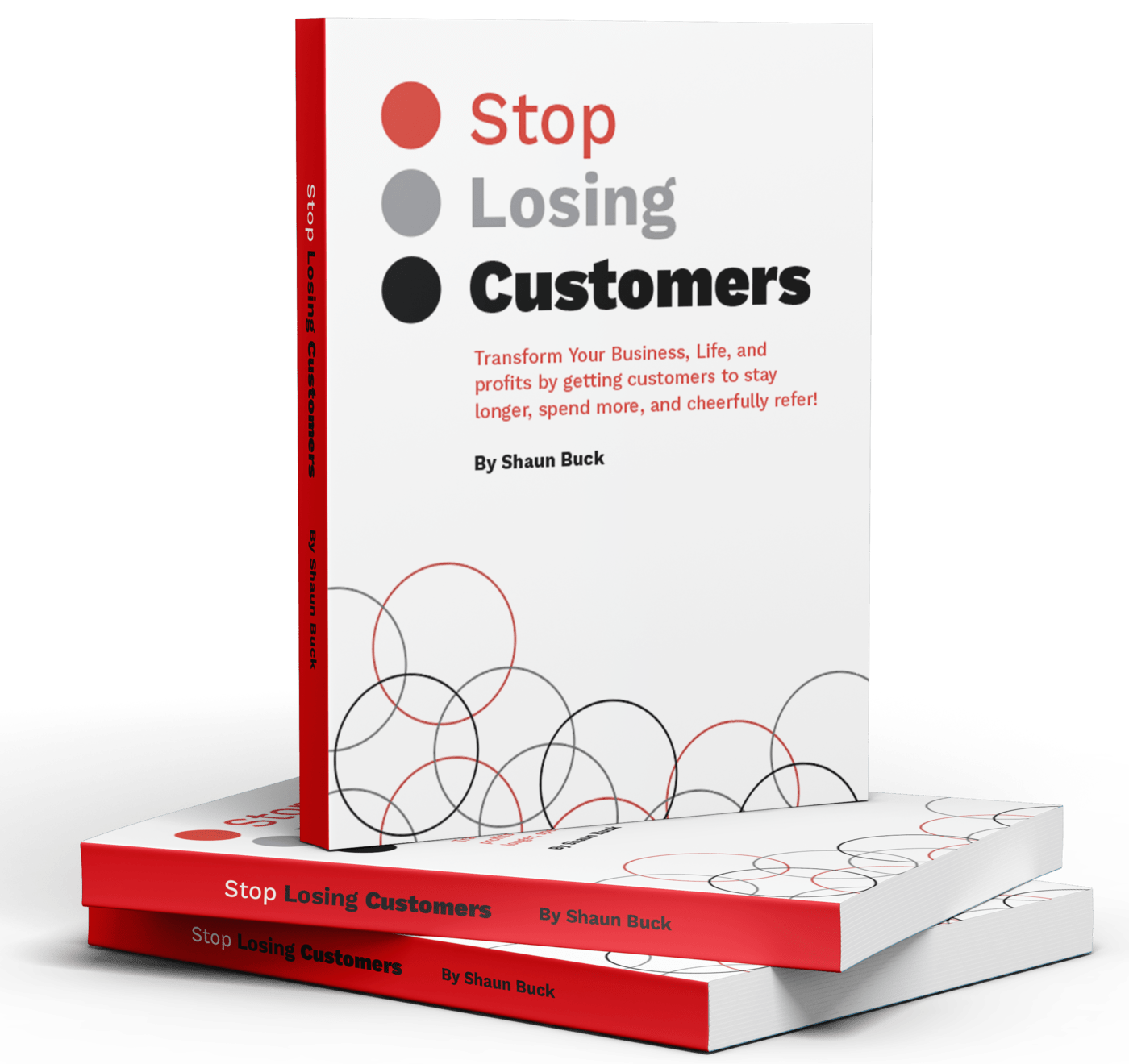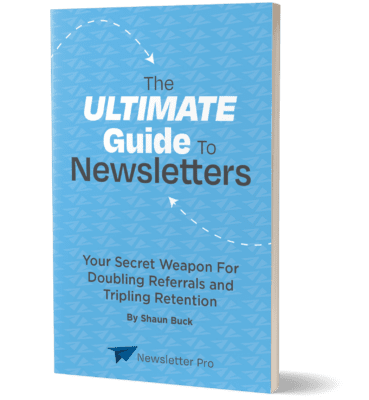I once took a survey sent out by a company whose products I buy on a semi-regular basis. You’re probably familiar with these kinds of surveys. Sometimes they pop up on the company’s website, sometimes they show up in your inbox.

In this instance, the survey was from Lego. If you know me, this comes as no surprise. One of the questions in the survey asked about the likelihood of me referring Lego’s products to others. On a scale of 1 to 10, I selected an 8. That translates to a fairly solid “yes.” I hesitate to go any higher mostly due to the fact that plastic comes with a hefty price tag.
I don’t believe this billion-dollar company really needs referrals, but the point is, The Lego Company has done a lot to not only keep me as a customer, but they’ve delivered an experience I actively share with others. I enjoy their products and their customer service is stellar. Any issue I’ve ever had was quickly resolved with zero headache.
As long as The Lego Company continues to operate on the high standard they’ve set with me (and plenty of others), they’ll continue to get my business and I’ll probably continue to function as a walking, talking advertisement for them.
Unleash the Power of Retention
My experience with The Lego Company is just one of the many examples of retention and the drive for referrals I see on a day-to-day basis. During my tenure as a content writer at Newsletter Pro, I’ve seen countless examples of both the power of retention and referrals. I see it with the work we do with our many wonderful clients and I see with our own internal processes and marketing efforts.
We regularly stress the importance of retention (I mean, it is a pretty big part of what help our clients do through the power of newsletter marketing). It’s upwards of seven times more expensive to get a brand new customer in your door than it is to cater to customers you already have.
“When you build meaningful relationships with your customers, you’re much more likely to retain those customers.”
You might call it the “new customer tax” — a tax that’s simply unavoidable when you want to invest in acquiring new customers. That doesn’t mean bringing in new customers lacks value, but focusing more effort to retain current customers will give you a better return on investment for your marketing dollar.
There’s also no big secret to how you retain customers. It all comes down to the relationship you cultivate with your every single person who comes to you for your services. Every time you engage with a customer you have a unique opportunity to make a difference.
This is where listening really comes in handy. When you listen to what a customer has to say, you can turn around and use that information to absolutely wow them. Spoiler alert: This is something we do at Newsletter Pro. Yes, we practice what we preach.
The writers at Newsletter Pro generally speak with clients once or twice a month. During those calls, we have a conversation, learn about what’s been going on lately with the client, and occasionally brainstorm about to what to feature in their newsletter.
For the writers, it’s a time to listen — and listen we do. If we hear a client has a birthday, anniversary, or another special day coming up, you can bet we’re going to take note of that. But more importantly, as a company, we’re going to do something about it.
What that looks like can vary. We may send along a gift, a cake — maybe both — or something as equally cool. Why do we do it? Well, for one, we genuinely care about the people who we’ve formed relationships with over the course of their newsletter campaign. We help them retain their own customers through the power of the newsletter.
Secondly, sending out a gift or a gesture in recognition of a special event in the life of a client also helps build a bond between us and the client. You might call it the bond of retention. When you go out of your way to show that you care about your customers or patients, you’re going to keep them. And do you know what else is going to happen? They’re going to tell their family, friends, and coworkers about you.
Reap the Rewards of Referrals
In a way, the relationship between retention and referrals is symbiotic. When you build a meaningful relationship with your customers, you’re much more likely to retain those customers. Over the course of that relationship, your customers are going to spread the word of what you’ve done for them, garnering you new business. However, it’s not always as easy as it sounds on paper (or on a blog).
When you want to bring in new customers, but you want to find a way around that pesky “new-customer tax,” this is where you can use referrals to your advantage — but, as a lot of business owners ask, “How can I can consistently get referrals?”
Building an amazing relationship with your customers is a great place to start. This relationship may transform into one, two, or more referrals from a single pre-existing customer, but will the volume of referrals from that source be enough to satisfy your thirst for new customers? It’s not an easy question to answer. Naturally, it will depend on your business and your specific objectives.
Many business owners turned to incentivized referrals. They advertise some sort of award in exchange for a referral, or several. Popular incentives include money, discounts, and coupons. However, while money-based incentives seems like an excellent motivator, it isn’t as effective as you might think.
It may actually damage the relationship you have with existing customers and any referred customers who were brought in (and effectively “bought”) as a part of your money-based incentive program. Money and discounts, while nice, are impersonal and you encourage that perception when you offer that kind of incentive program.

If you choose to incentivize referrals, why not get creative? Now, I could list of a bunch of “creative” ideas for possible incentives, but for now, I’m going to leave that up to you. You know your business and your customers. Ask yourself, what would benefit your customers the most from a referral incentive program that would also reinforce the positive relationship you’ve already built?
Turn to your customers. Your customers are a bounty of information. If you’re not getting many referrals, or any at all, ask your customers if they’re even telling their family and friends about you. If they’re not, ask them why. Maybe they’ve forgotten about you.
It happens — it happened to one of our clients before he came to Newsletter Pro, as we explored in our Ultimate Guide to Customer Retention. Or maybe they just haven’t thought about it. If that’s the case, you can simply ask your current customers to spread the word. You’ll probably find that your customers are happy to tell others about you, no incentive needed!
And really, that’s the best kind of referral, the one that doesn’t need any additional incentivization outside of your amazing and thoughtful service. It’s built on a solid foundation of trust. If your customer can pass on that trust to others, you haven’t spent a dime and already you’ve laid the first bricks of yet another meaningful business relationship.







